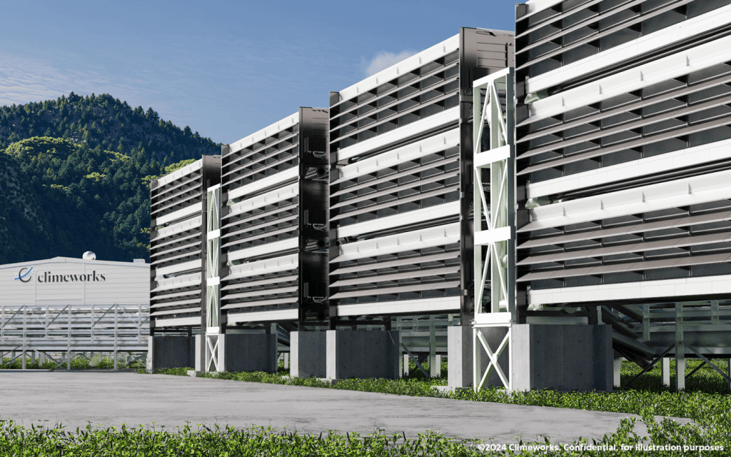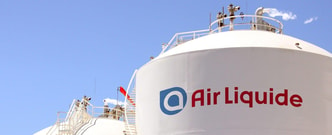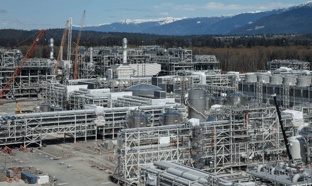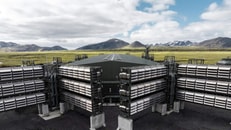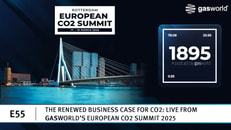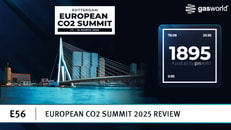Climeworks wins funding to study large-scale DAC+S in Norway
Swiss direct air capture (DAC) specialist Climeworks has been awarded US$2.4m in funding from Enova, the state enterprise owned by the Norwegian government’s Ministry of Climate and Environment.
The funding will go towards a feasibility study for a multi-kiloton-capacity DAC and storage (DAC+S) plant in Norway.
To be supplied at 50% funding intensity in the framework of Enova’s ‘Preliminary Study Carbon Capture 2030’, the financing aims to help companies such as Climeworks capture large amounts of carbon dioxide (CO2) to get closer to an investment decision for capture plants, with the goal of operation by 2030.
... to continue reading you must be subscribed

